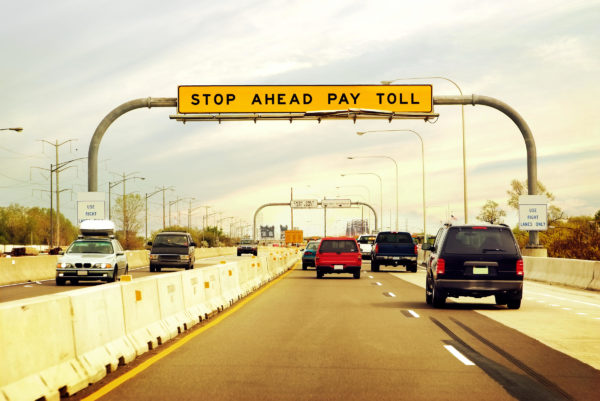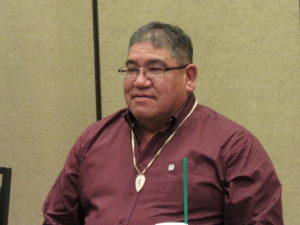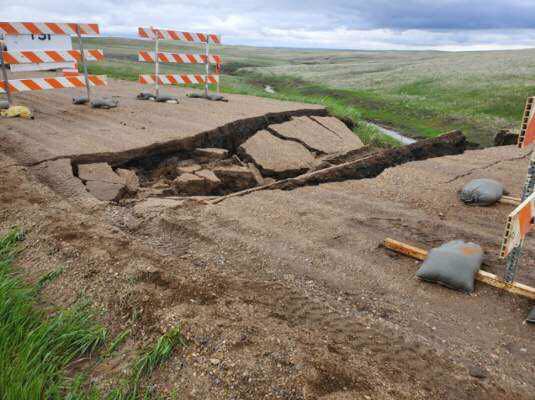
- Details
- By Native News Online Staff
EAGLE BUTTE, S.D. — Are toll booths coming to Indian reservations?
In recent years, more states have considered toll roads to raise repair funds. Now, one South Dakota tribe is considering this option for its reservation.
 Cheyenne River Sioux Tribe Chairman Harold Fraizer
Cheyenne River Sioux Tribe Chairman Harold Fraizer
Citing inaction on the part of the federal government to adequately provide financial aid to repair roads on its reservation, Cheyenne River Sioux Tribe Chairman Harold Frazier is in discussions to begin a feasibility study to determine if the Tribe should set up toll booths at state and federal highways that run through the reservation. Currently, there are no toll roads in South Dakota.
The Cheyenne River Indian Reservation experienced severe road damage last spring due to excessive and prolonged flooding. Fraizer said damaged roads on reservations can add undue travel time for tribal citizens when traffic is diverted on the reservation.
“We need to take such action because of federal neglect in the infrastructure property they have initiated. I have been all over Indian Country and realize that the federal government is not interested in helping anyone so we have to do it ourselves,” Frazier said in a statement.
 BIA Route 8 on Cheyenne River Sioux Reservation is only
BIA Route 8 on Cheyenne River Sioux Reservation is only
one of several roads that have been severly damaged due to weather.
Photo courtesy Cheyenne River Sioux Tribe.
According to the Tribe, if the current weather trends continue the infrastructure will further degrade. Roads damaged that have not been repaired from previous flood damage are vulnerable to further erosion in rainy weather.
More Stories Like This
Native News Weekly (August 25, 2024): D.C. BriefsUS Presidents in Their Own Words Concerning American Indians
Deb Haaland Tours CNM Workforce Facilities, Highlights Trade Job Opportunities
Federal Court Dismisses Challenge to NY Indigenous Mascot Ban
Sen. Angus King Warns of ‘Whitewashing’ History in National Parks Under Trump Administration
Help us defend tribal sovereignty.
At Native News Online, our mission is rooted in telling the stories that strengthen sovereignty and uplift Indigenous voices — not just at year’s end, but every single day.
Because of your generosity last year, we were able to keep our reporters on the ground in tribal communities, at national gatherings and in the halls of Congress — covering the issues that matter most to Indian Country: sovereignty, culture, education, health and economic opportunity.
That support sustained us through a tough year in 2025. Now, as we look to the year ahead, we need your help right now to ensure warrior journalism remains strong — reporting that defends tribal sovereignty, amplifies Native truth, and holds power accountable.
 The stakes couldn't be higher. Your support keeps Native voices heard, Native stories told and Native sovereignty defended.
The stakes couldn't be higher. Your support keeps Native voices heard, Native stories told and Native sovereignty defended.
Stand with Warrior Journalism today.
Levi Rickert (Potawatomi), Editor & Publisher

